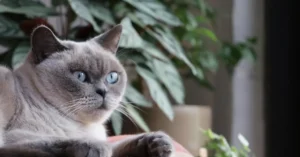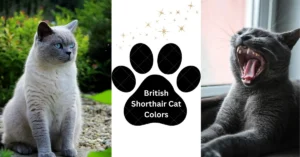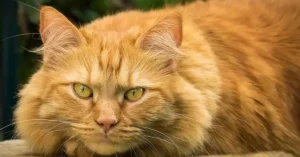History
The history of Persian cats is a tale that stretches back over a thousand years, revealing a captivating journey from their origins in the Middle East to their current status as one of the world’s most beloved and recognizable cat breeds.
The story begins in Persia, the ancient land now known as Iran, where these cats are believed to have first emerged. Records suggest that Persian cats were a natural breed in Persia, known for their long, luxurious fur and distinctive appearance. In their native region, they were highly regarded and cherished for their unique attributes.
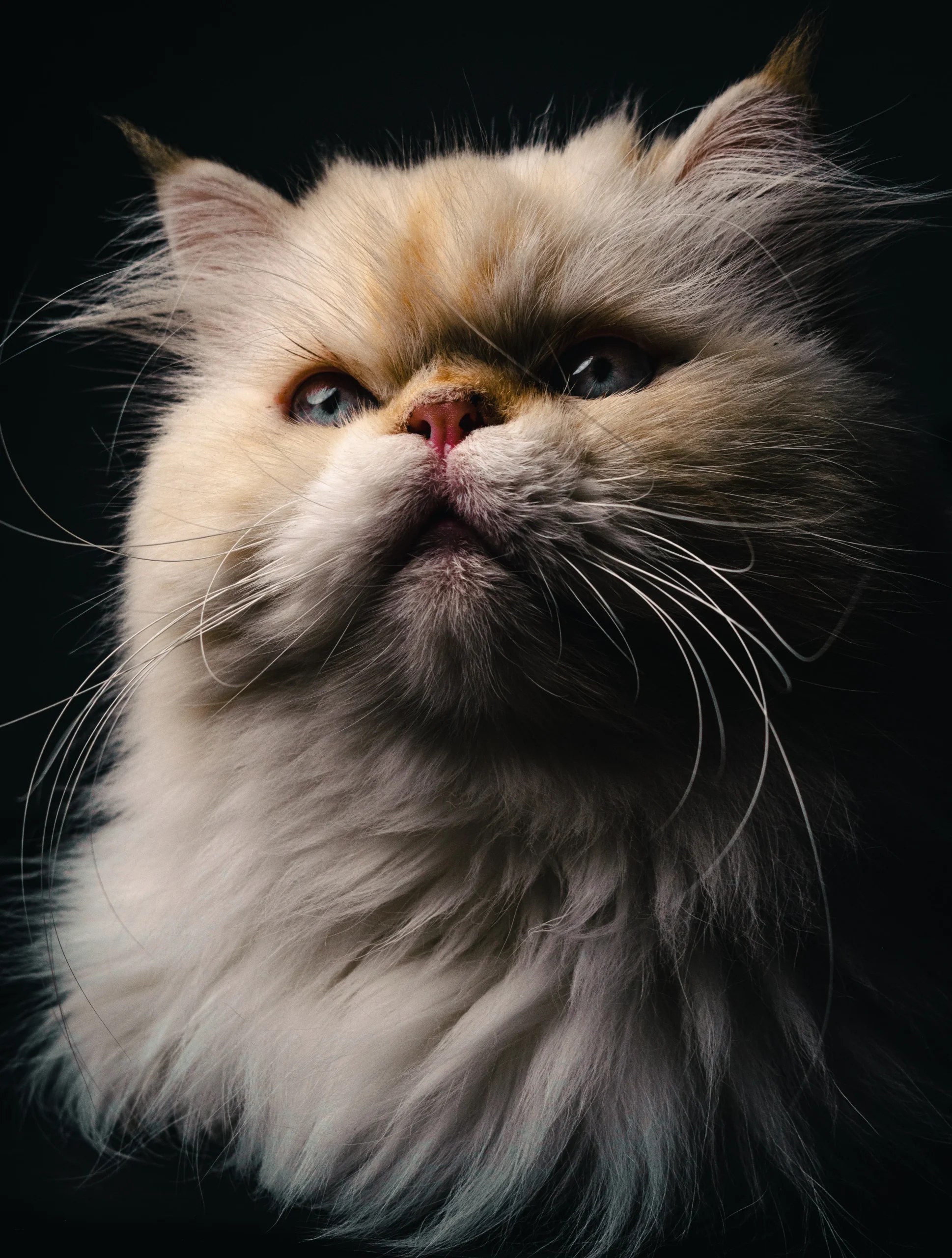
It wasn’t until the 1600s that Persian cats began their journey westward. Italian trader Pietro della Valle is often credited with introducing the breed to Europe when he returned from his travels in Persia. European nobility and royalty quickly fell in love with these exotic felines, and their popularity soared.
Over the centuries, selective breeding led to the development of the modern Persian cat, with its distinctive round face, short nose, and abundant, silky coat. These refined traits became synonymous with the breed, making Persian cats easily recognizable and highly sought after worldwide.
In the late 1800s and early 1900s, Persian cats were among the first breeds to be showcased at early cat shows and exhibitions. Their beauty and elegance won the hearts of judges and spectators alike, further solidifying their status as a prestigious and desirable breed.
The breed faced challenges during World War II, as many cat breeds did, but dedicated breeders worked tirelessly to preserve the Persian cat’s lineage. Today, they continue to be one of the most cherished and iconic cat breeds globally, adored for their gentle temperament and luxurious appearance.
Throughout history, Persian cats have made appearances in various forms of art, literature, and pop culture. They have been featured in paintings, films, advertisements, and even as fictional characters in books and cartoons. This widespread recognition has contributed to their enduring popularity.
Persian Cats Size
Persian cats are known for their luxurious coats, sweet temperament, and distinctive appearance. When it comes to their size, Persian cats are considered a medium to large breed, characterized by a robust and well-balanced body structure. Here, we’ll delve into the size of Persian cats, considering their physical characteristics and how they compare to other cat breeds.
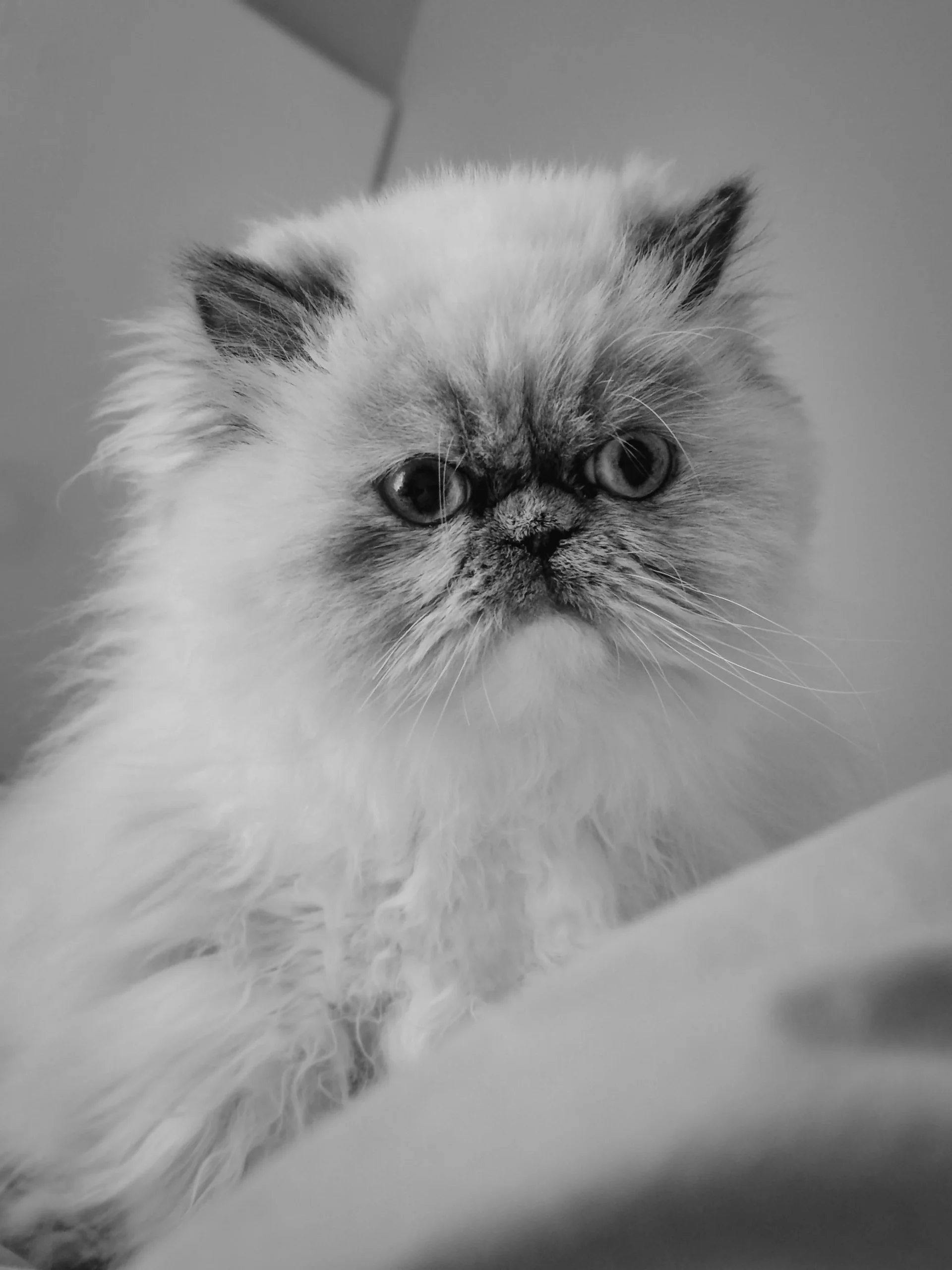
- Physical Dimensions: Persian cats typically have a body length ranging from 12 to 18 inches (30 to 46 centimeters) from the tip of their nose to the base of their tail. Their height at the shoulders, also known as the withers, usually falls between 8 to 10 inches (20 to 25 centimeters). These dimensions can vary slightly depending on an individual cat’s genetics and overall health.
- Weight Range: Persian cats are not only known for their size but also for their weight. Adult Persian cats can weigh anywhere from 7 to 12 pounds (3.2 to 5.4 kilograms), with males often being larger and heavier than females. However, it’s crucial to note that some Persian cats may fall outside this typical weight range, as individual variation is common.
- Body Build: Persian cats have a distinctive body build characterized by a stocky, muscular frame. Their legs are short and sturdy, and their paws are round and well-padded. The head is round, with a short nose and full cheeks, giving them their iconic “brachycephalic” appearance. Their ears are small and rounded, and their eyes are large and expressive, usually round and widely spaced.
- Coat Volume: While discussing the size of Persian cats, it’s impossible to overlook their voluminous, long coats. The fur adds to their overall visual presence, making them appear larger than they actually are. Persian cats’ fur can give them a more substantial look, especially when they are well-groomed and their coat is in peak condition.
- Comparative Size: Persian cats are not among the largest cat breeds, but they are not the smallest either. When compared to other breeds like Maine Coons or Ragdolls, which are known for their significant size and weight, Persians might seem smaller in comparison. However, their exquisite coat and elegant posture often make them appear regal and imposing.
- Health Considerations: The size and body build of Persian cats also come with some health considerations. Their brachycephalic facial structure can make them prone to certain respiratory issues and dental problems. Additionally, their long fur requires regular grooming to prevent matting and skin issues. Proper diet and exercise are essential to maintaining a healthy weight, which can also impact their overall well-being.
Nutrition and Diets
Proper nutrition is essential for the health and well-being of Persian cats. These elegant and long-haired felines have specific dietary needs that should be met to ensure they lead a healthy and happy life.
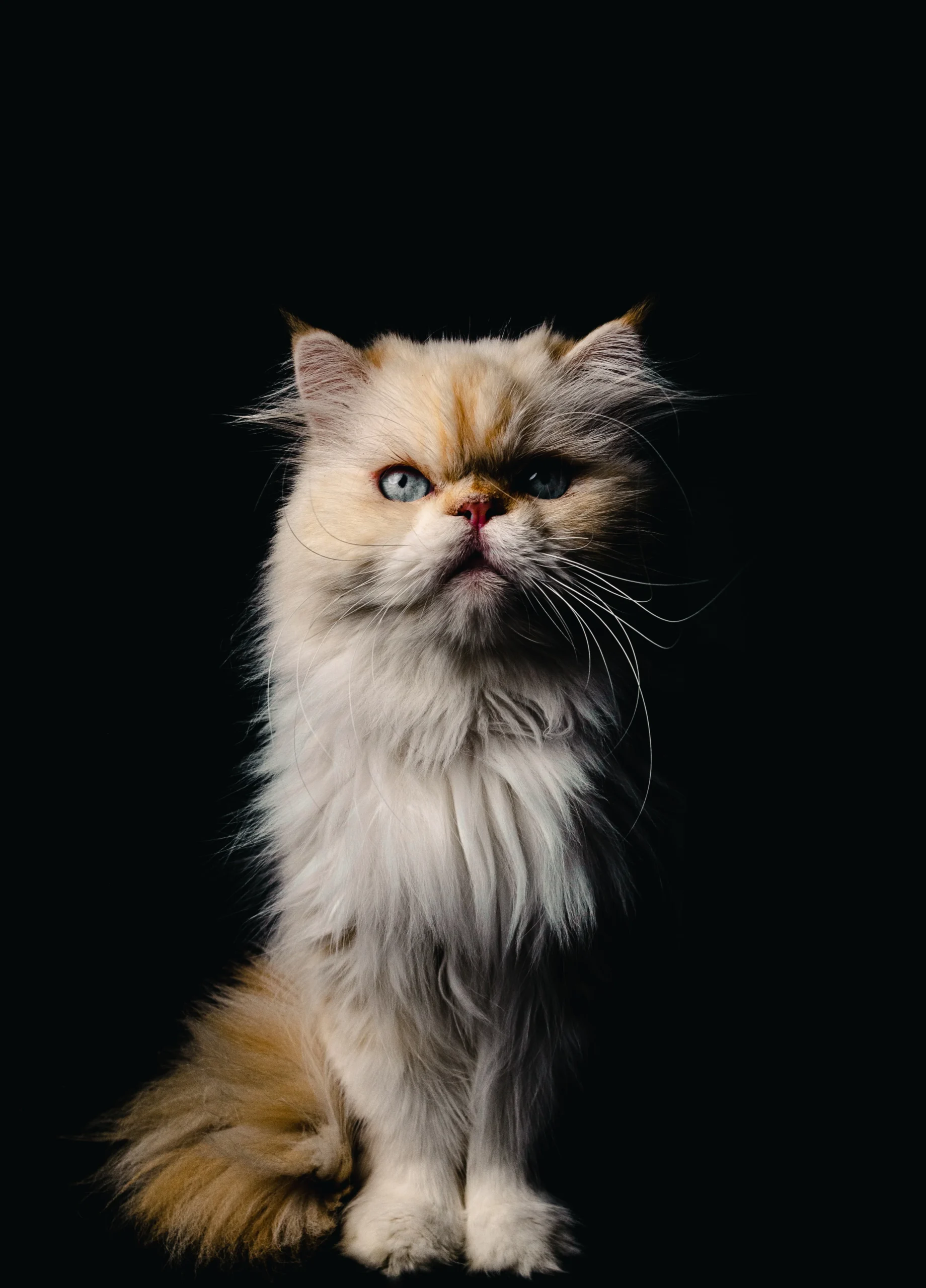
- High-Quality Commercial Cat Food: Persian cats should primarily be fed high-quality commercial cat food that is specially formulated for their age, size, and activity level. Look for cat food brands that list meat, poultry, or fish as the first ingredient and provide a well-balanced combination of protein, fats, and carbohydrates.
- Protein Content: Protein is a crucial component of a Persian cat’s diet. Look for cat foods that contain a significant percentage of animal-based protein sources. This helps maintain their lean muscle mass and overall health. Avoid foods with excessive plant-based protein or fillers like corn and soy.
- Fat Content: Persian cats have long, luxurious coats that require regular grooming. Adequate fat in their diet helps maintain the sheen and health of their fur. Look for foods with moderate fat content, as excessive fat can lead to obesity.
- Fiber and Hairball Control:Due to their long fur, Persian cats are more prone to hairballs. Some cat foods are formulated with added fiber to help reduce the formation of hairballs. You can also provide hairball control treats or supplements if necessary.
- Avoid Artificial Additives:Try to avoid cat foods with artificial additives, preservatives, and fillers. These can be harsh on a cat’s digestive system and may lead to allergies or gastrointestinal issues.
- Moisture Content:Persian cats tend to have a lower thirst drive, which can make them susceptible to urinary tract problems. Feeding wet or canned cat food can help increase their moisture intake, promoting better hydration and urinary health.
- Avoid Feeding Human Food:It’s essential to resist the temptation to feed your Persian cat human food, especially those that are toxic to cats, like onions, garlic, and chocolate. Stick to a balanced feline diet to ensure they receive all the necessary nutrients.
- Portion Control:Persian cats are prone to obesity, so it’s crucial to practice portion control. Follow the feeding guidelines provided on the cat food packaging, and consult with your veterinarian if you’re unsure about the appropriate portion size for your cat’s age and weight.
- Consult with a Veterinarian:Every Persian cat is unique, and their dietary needs can vary. It’s a good practice to consult with a veterinarian to create a personalized nutrition plan for your specific cat. Your vet can also recommend any necessary supplements or dietary adjustments based on your cat’s health and lifestyle.
- Transitioning to New Food:If you plan to switch your Persian cat’s diet, do so gradually. Sudden changes in food can lead to digestive upset. Mix a small amount of the new food with the old food and gradually increase the proportion of the new food over several days.
- Regular Monitoring:Pay attention to your Persian cat’s weight and overall health. Regular veterinary check-ups can help identify any dietary issues or health concerns early, allowing for prompt intervention if necessary.
Training and Intelligence
Persian cats are renowned for their exquisite beauty, luxurious coats, and calm demeanor. While they may not be known for their obedience and agility like some dog breeds, they possess their own unique qualities when it comes to training and intelligence.
- Training Persian Cats:
Persian cats are not typically considered highly trainable in the way that dogs are. They are independent by nature and may not respond to commands in the same manner. However, it’s essential to understand that training a Persian cat can still be a rewarding and beneficial experience for both the cat and its owner.
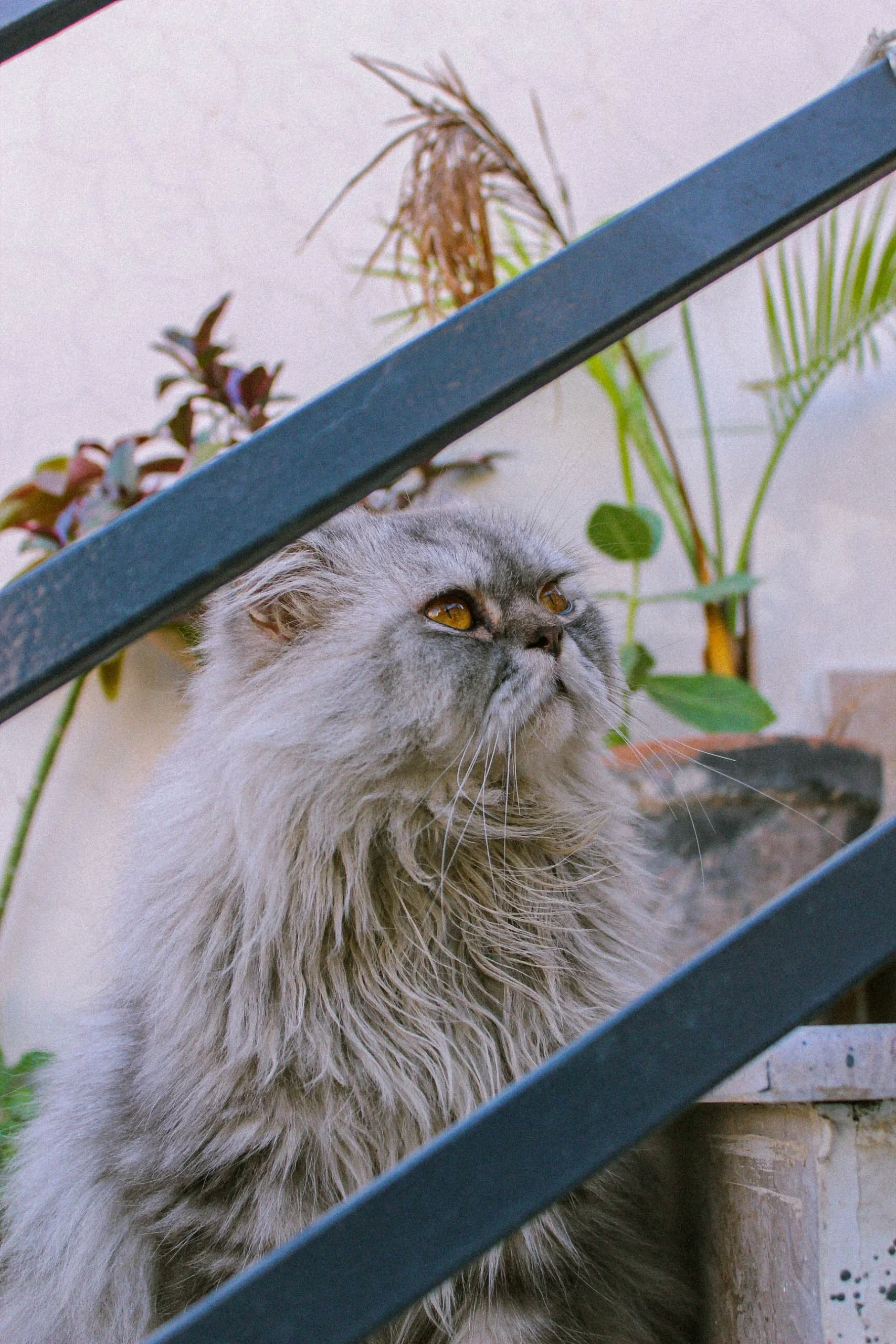
- Litter Box Training: One of the most critical aspects of training any cat, including Persians, is litter box training. Most Persian cats are fastidious about their grooming habits and keeping their living space clean. Therefore, they usually adapt well to using a litter box. Ensure the litter box is kept clean and placed in a quiet, accessible location.
- Socialization: Early socialization is vital for Persian kittens. Exposing them to various people, environments, and experiences during their formative weeks can help them become more adaptable and less skittish. This can include gentle handling, introducing them to other pets, and exposing them to different sights and sounds.
- Basic Commands: While Persians may not perform tricks like dogs, you can teach them some basic commands like “come” and “stay” through positive reinforcement. Reward-based training with treats or praise can encourage them to respond to your cues.
- Grooming: Grooming is a significant aspect of caring for Persian cats, and it can be a form of training as well. Teaching your Persian kitten to tolerate grooming from an early age is crucial. Start with short sessions and gradually increase the duration as they become accustomed to the process.
- Behavior Modification: If your Persian cat exhibits undesirable behaviors like scratching furniture, you can employ training techniques to modify their behavior. Providing scratching posts and using deterrents can help redirect their attention.
- Intelligence of Persian Cats:
In terms of intelligence, Persian cats are considered to have average to above-average intelligence for felines. While they may not be as naturally curious or active as some other breeds, they possess their unique traits that reflect their intelligence.
- Observant Nature: Persian cats are often described as being keen observers. They may not engage in as much physical play as some other breeds, but they are skilled at watching and assessing their surroundings. This attentiveness can make them excellent indoor companions, as they are generally less likely to get into mischief.
- Problem Solving: Persian cats can demonstrate problem-solving skills when faced with certain challenges. For example, they can figure out how to open simple latch mechanisms or access food containers if motivated. It’s essential to provide them with stimulating toys and activities to keep their minds engaged.
- Emotional Intelligence: Persian cats excel in emotional intelligence. They are sensitive to the emotions of their owners and often offer comfort and companionship during times of distress. They can form strong bonds with their human caregivers and are known for their empathetic behaviors.
- Communication: While not a direct measure of intelligence, Persian cats have a wide range of vocalizations and body language to communicate their needs and emotions. They are skilled at conveying their desires, whether it’s for attention, food, or affection.
- Adaptability: Persian cats may not be known for their adventurous spirit, but they can adapt well to different living situations. They tend to thrive in calm and stable environments, making them excellent companions for people who prefer a quieter lifestyle.
Health and Lifespan
Persian cats, with their luxurious coats and sweet personalities, are a beloved breed among cat enthusiasts. To ensure the well-being and longevity of these beautiful felines, it’s essential to understand their specific health needs and potential concerns.
Health:
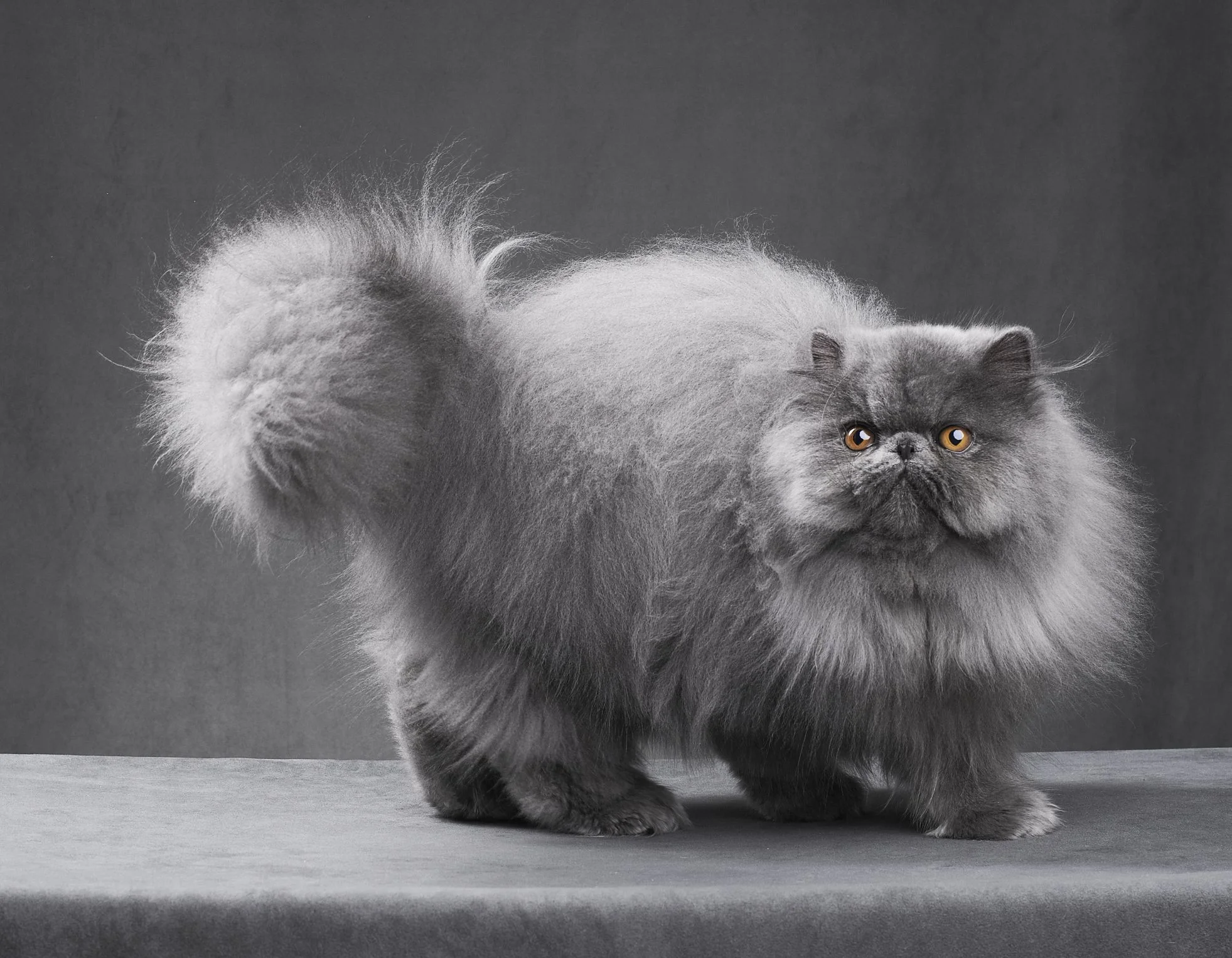
- Respiratory Issues: One of the most well-known health concerns for Persian cats is their brachycephalic (flat-faced) nature. Their flat faces can lead to respiratory issues, such as brachycephalic obstructive airway syndrome (BOAS). This condition can cause labored breathing and may require corrective surgery in severe cases.
- Dental Care: Persian cats are prone to dental problems due to their brachycephalic facial structure and overcrowded teeth. Regular dental care, including brushing their teeth or providing dental treats, can help prevent dental issues.
- Eye Care: Their large, expressive eyes are prone to excessive tearing, which can lead to tear staining. Regular cleaning of the eye area can help prevent staining and discomfort. Additionally, some Persian cats may be susceptible to certain eye conditions, so regular eye check-ups are advisable.
- Polycystic Kidney Disease (PKD): Persian cats have a genetic predisposition to PKD, a condition characterized by the growth of cysts in the kidneys. Regular veterinary check-ups can help monitor kidney health and detect any issues early.
- Obesity: Persians can be prone to obesity, which can lead to a range of health problems, including diabetes and joint issues. Maintaining a balanced diet and providing opportunities for exercise are crucial to prevent obesity.
- Grooming: Their long, dense fur requires regular grooming to prevent matting and skin issues. Daily brushing is recommended, along with occasional baths and eye cleaning.
- Heat Sensitivity: Persian cats can be sensitive to heat due to their long fur and respiratory challenges. It’s important to keep them in a cool environment, especially during hot weather.
Lifespan:
The lifespan of a Persian cat can vary depending on genetics, diet, and overall care. On average, Persian cats have a lifespan of around 12 to 16 years. With proper attention to their health needs, some Persian cats have been known to live even longer.
To maximize their lifespan and quality of life, it’s crucial to provide them with:
- A high-quality, balanced diet tailored to their age and activity level.
- Regular veterinary check-ups to monitor and address any health concerns.
- A safe and comfortable living environment that avoids extreme temperatures.
- Regular grooming to prevent matting and skin issues.
- Social interaction and mental stimulation to keep them mentally and emotionally engaged.
Conclusion
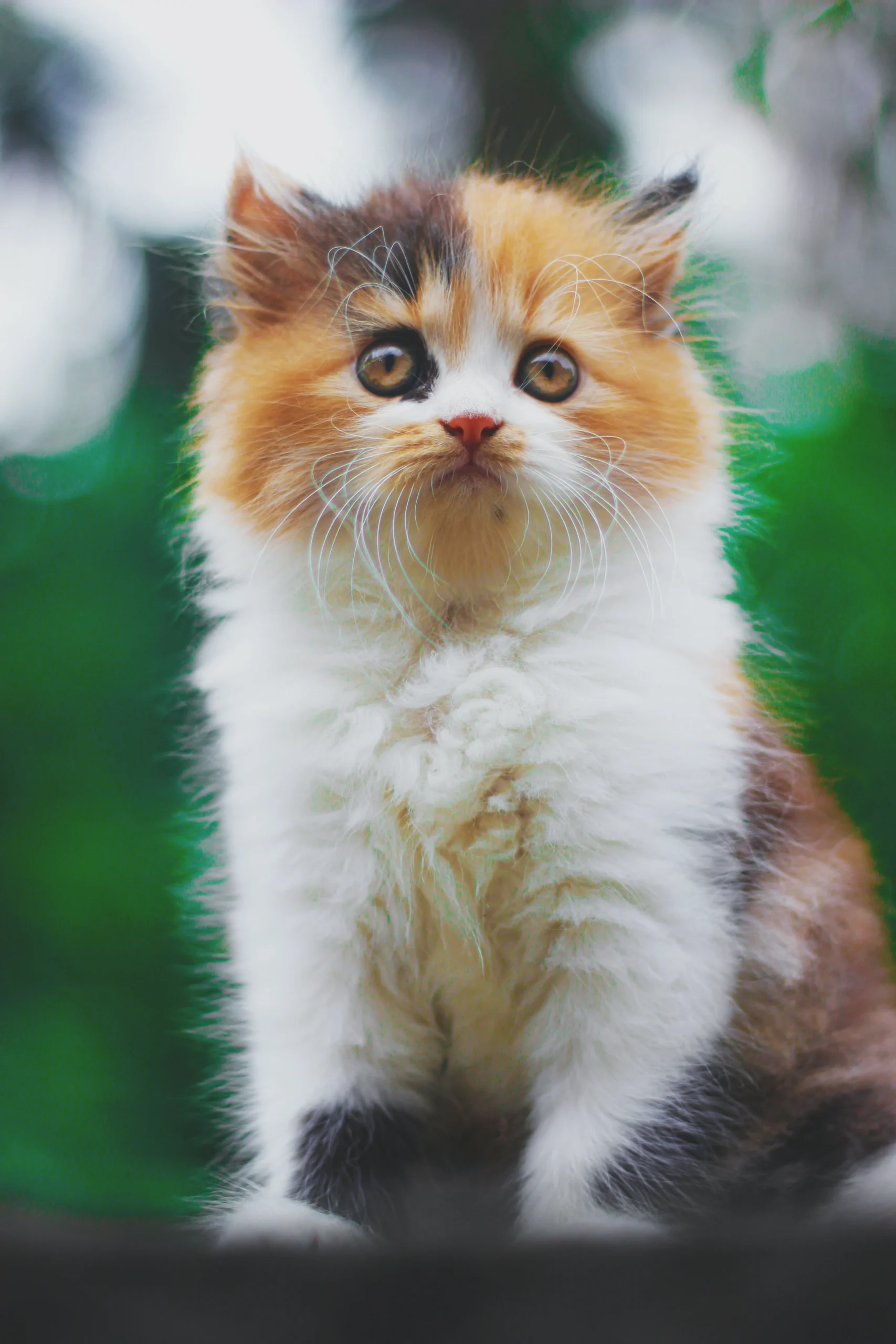
In conclusion, Persian cats have a rich history dating back centuries, initially hailing from Persia and later becoming beloved companions to royalty and aristocrats in Europe. Their distinctive physical features, including their round faces, flat noses, and luxurious coats, have made them one of the most recognizable and cherished cat breeds worldwide.
Their size ranges from medium to large, with a sturdy build, and their striking appearance is complemented by their large, expressive eyes and unique coat colors and patterns.
Proper nutrition is vital for the health of Persian cats, as they are prone to dental issues and obesity. A balanced diet, regular monitoring of calorie intake, and attention to skin and coat health can help them thrive.
While Persian cats may not be the most trainable breed, they exhibit a calm and gentle temperament that makes them excellent companions. They may not excel in problem-solving tasks but are incredibly attuned to their owners’ emotions.
To ensure a long and healthy life for Persian cats, it’s essential to address their specific health concerns, such as brachycephalic syndrome and dental problems, through regular veterinary care. With the right care and attention, Persian cats can enjoy a lifespan of 12 to 16 years or more.

